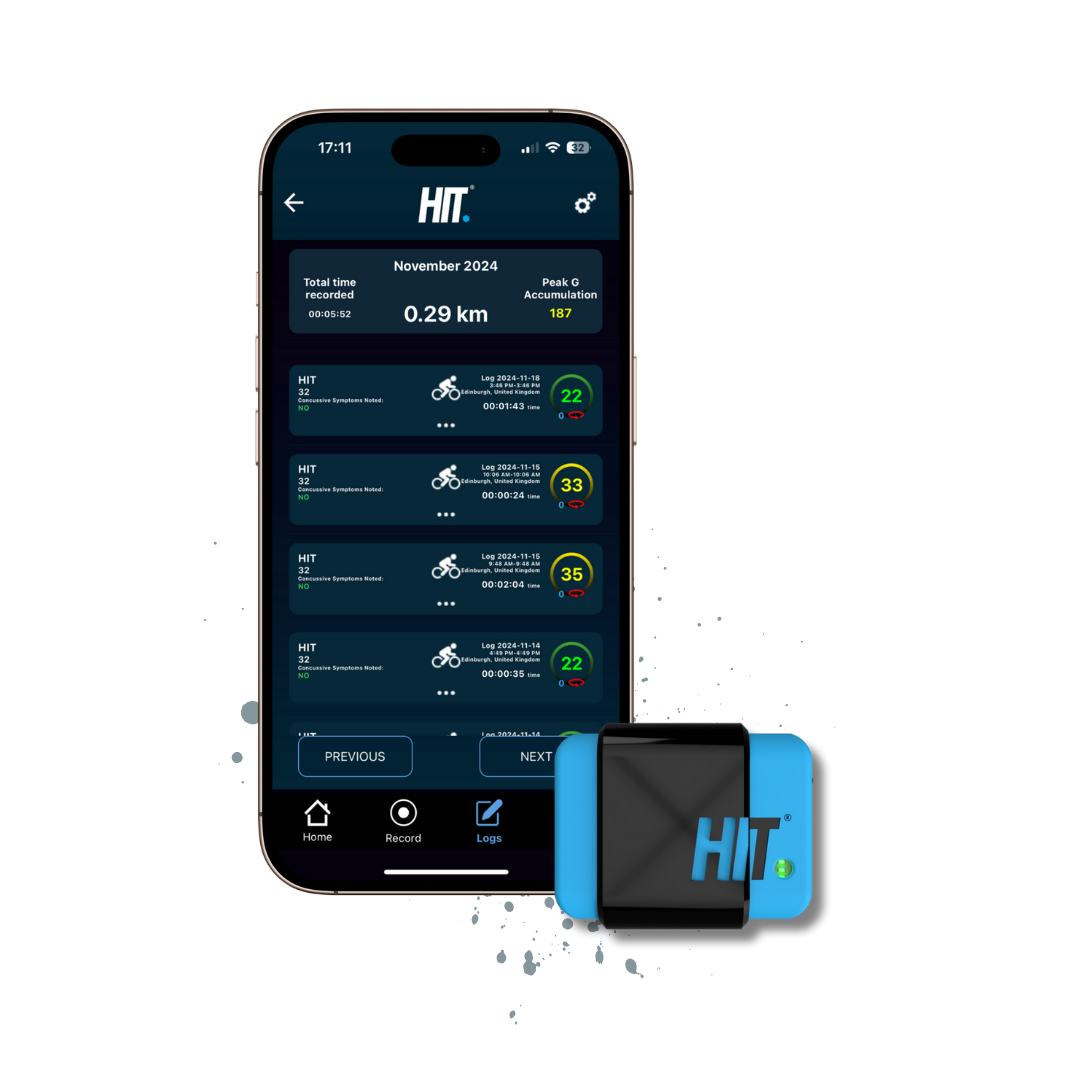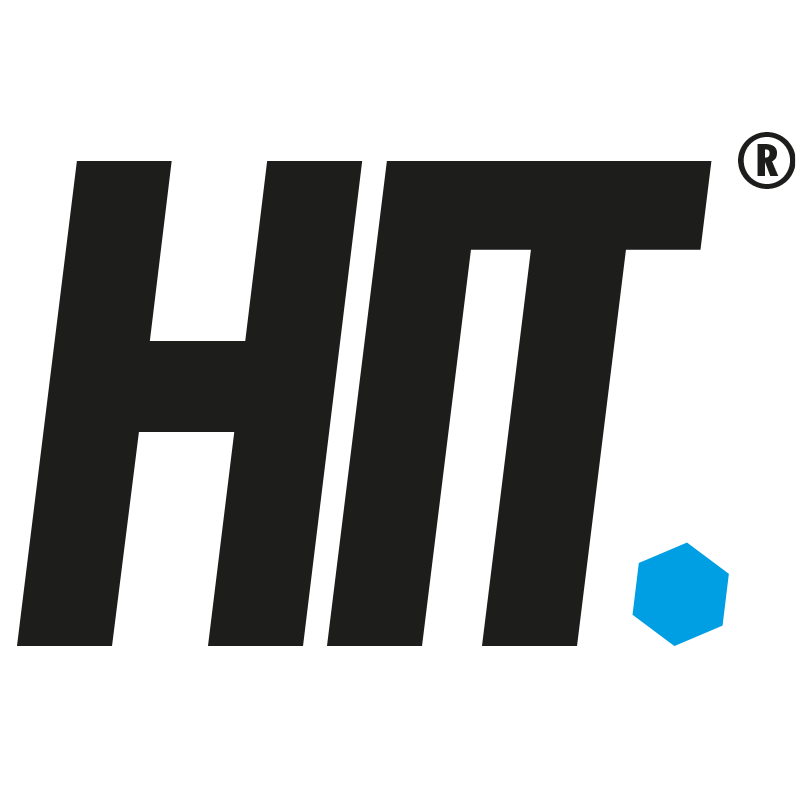
FREE Companion app
Transfer between multiple helmets
Best in class GPS
12-24 hours of storage
Highly durable and waterproof
Tested by professionals
FREE Companion app
Transfer between multiple helmets
Best in class GPS

12-24 hours of storage
Highly durable and waterproof
Tested by professionals
1
Attach HIT Device
Attach or transfer to any helmet or HIT attachment you own. Click and go.
2
Live Insights at Your Fingertips
In app insights on live and logged activities anytime, anywhere.
What are the Benefits of Wearing a HIT Device?
Protection Across All Levels
Safeguards neurocognitive and neurophysiological health for athletes of all ages and skill levels.
Risk Reduction
Identifies and mitigates the dangers of undetected concussive and sub-concussive impacts.
Confident Decision Making
Empowers parents, coaches, and athletes with clear data to determine when rest, medical assistance, or a return to play is appropriate.
Trusted Accuracy
Built on rigorous, research-backed development in collaboration with top universities and experts.
Comprehensive Impact Data
Delivers detailed real-time information on G-force, rotational forces, and elevation changes for thorough impact assessment.
Live Updates
Provides immediate insights into cumulative brain fatigue and the severity of impacts.
Injury Prevention
Enhances informed decision-making to optimize recovery, maintain performance, and prevent further injuries.
Better Recovery Management
Supports recovery processes while reducing the likelihood of secondary trauma.
Performance Enhancement
Helps athletes manage brain fatigue effectively, leading to improved focus and physical performance.
Protection Across All Levels
Safeguards neurocognitive and neurophysiological health for athletes of all ages and skill levels.
Risk Reduction
Identifies and mitigates the dangers of undetected concussive and sub-concussive impacts.
Confident Decision Making
Empowers parents, coaches, and athletes with clear data to determine when rest, medical assistance, or a return to play is appropriate.
Trusted Accuracy
Built on rigorous, research-backed development in collaboration with top universities and experts.
Comprehensive Impact Data
Delivers detailed real-time information on G-force, rotational forces, and elevation changes for thorough impact assessment.
Live Updates
Provides immediate insights into cumulative brain fatigue and the severity of impacts.
Injury Prevention
Enhances informed decision-making to optimize recovery, maintain performance, and prevent further injuries.
Better Recovery Management
Supports recovery processes while reducing the likelihood of secondary trauma.
Performance Enhancement
Helps athletes manage brain fatigue effectively, leading to improved focus and physical performance.





